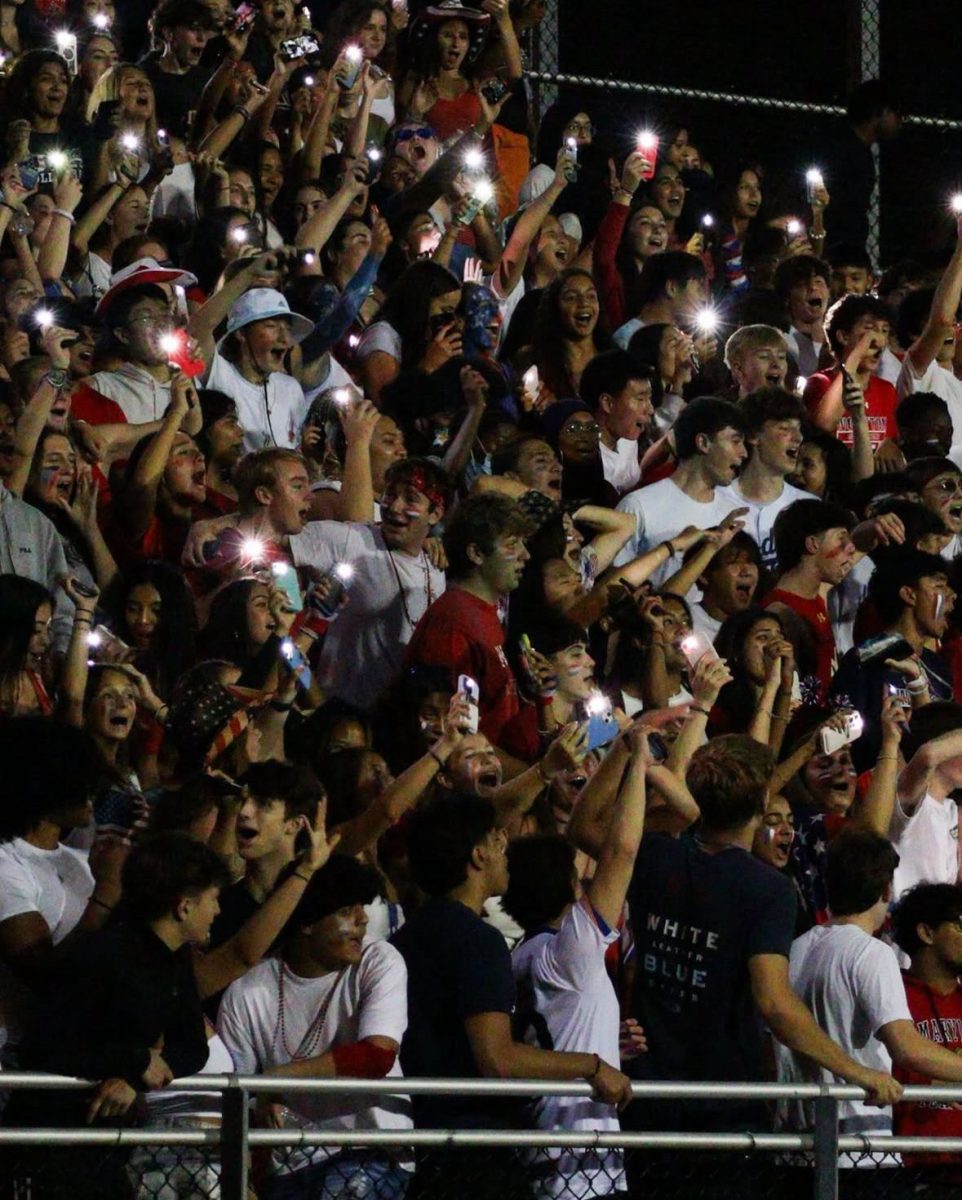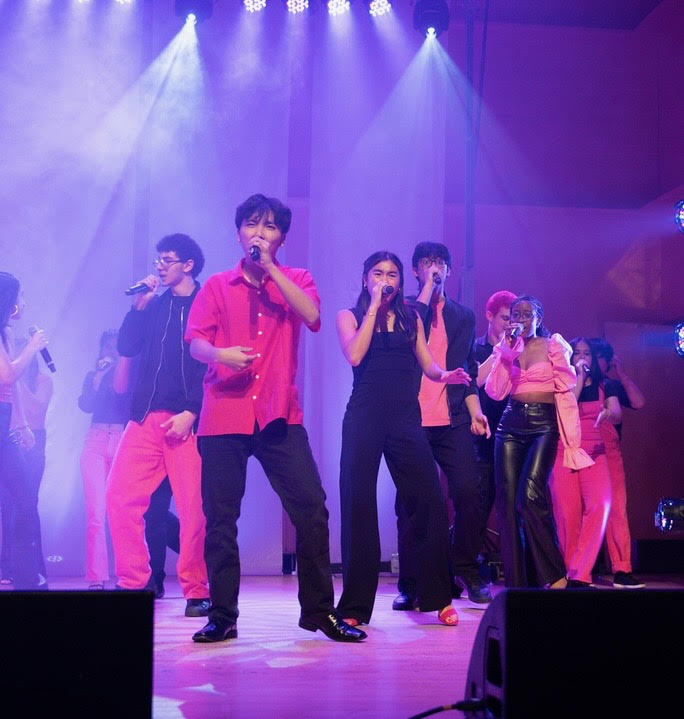“When they invited me to Gay Week at Yale, they had a dance… In my old college dining hall, just across the campus from that tiny freshman room where I tried to kill myself because I thought I was the only gay man in the world— they had a dance. Felix, there were six hundred young men and women there. Smart, exceptional young men and women…”
— Ned Weeks, The Normal Heart by Larry Kramer
Montgomery County is frequently lauded for being one of the most progressive counties in the United States, our high school being a bastion of liberal-ness in such a locale. We have the fortune of a Gender Sexuality Alliance and we have the fortune of a supportive teaching, counselling and administrative staff. Our students make up more than just the “G” of LGBTQ+. We have every shade of the rainbow, diverse genders, sexualities and even, in my case, (a)sexualities. We also have a feminism club and plenty of role models of all genders who support women’s causes.
So why is our prom so straight? Why is prom so grounded in 1950s gender roles?
There are no structural reasons: no ban on same-sex couples at the dance, no mandates of Sadie Hawkins or otherwise. Anyone can wear a suit, anyone can wear a dress and heels. Therefore the heterosexual and patriarchal nature of prom is a manifestation purely of the students’ own design.
Nothing models this phenomenon more than the Wootton Promposals 2017 *heart eyes emoji* Facebook group. Here, gentlemen (and a few ladies, but the disparity is noticeable) compete for the title of “best” promposal, a prize decided by the highest number of peer-awarded likes. The couples featured are exclusively heterosexual and the pageantry is strong.
The grandest gesture in the current MoCo region was Sam Nassar of Churchill. He promposed to his girlfriend astride a horse in full princely regalia. What could else could so blatantly harken back to the Disney-fied gender roles we’re trying to so desperately escape?
On March 31, the Council on Contemporary Families in conjunction with the New York Times released a survey that suggested that millennials aren’t nearly as progressive as many project them to be. The study states that in 1994, 83 percent of 18 to 25-year-old men disagreed with the concept of a man being the primary breadwinner of a heterosexual family and his wife primarily being a caretaker. In 2014, this number fell to 55 percent. Women surveyed followed a similar pattern, albeit far less exaggerated, going from 85 to 72 percent. Perhaps this phenomenon might apply to students here as well; gender norm mentalities might be making a resurgence.
A lack of homosexual and gender nonconforming pairs can be explained by the numbers. The queer dating pool here is simply very small. While we certainly have more outed students than many other schools, the population remains a great and underrepresented minority (never mind that GLADD suggests 20 percent of millennials identify as LGBTQ+.) Going with friends is a fun solution, but it doesn’t necessarily spread resounding validation to other LGBTQ+ students.
Evidently, there also remains a distinct stigma attached to going to prom single. Last minute scrambles to find a date, scrounging through contacts you feel ambivalent about at best—going single might not be social suicide, but it’s far from encouraged.
For a school as diverse as we are our prom photos look remarkably traditional, which is a shame.
When we feel powerless to change the media culture in which we’re immersed, our own communities can be a great gift. In these small pockets, we can choose to cultivate an environment where everyone gets to see their identity respected and represented. If the current prom situation shows me anything, it is that we cannot rely on these communities to form of their own accord. Too much systematic oppression and too many repressed anxieties lurk inside all of us. To have a dance where all can feel safe to simply to have good time, we must actively chase those lingering prejudices away.
Daria Kerschenbaum
Staff Writer



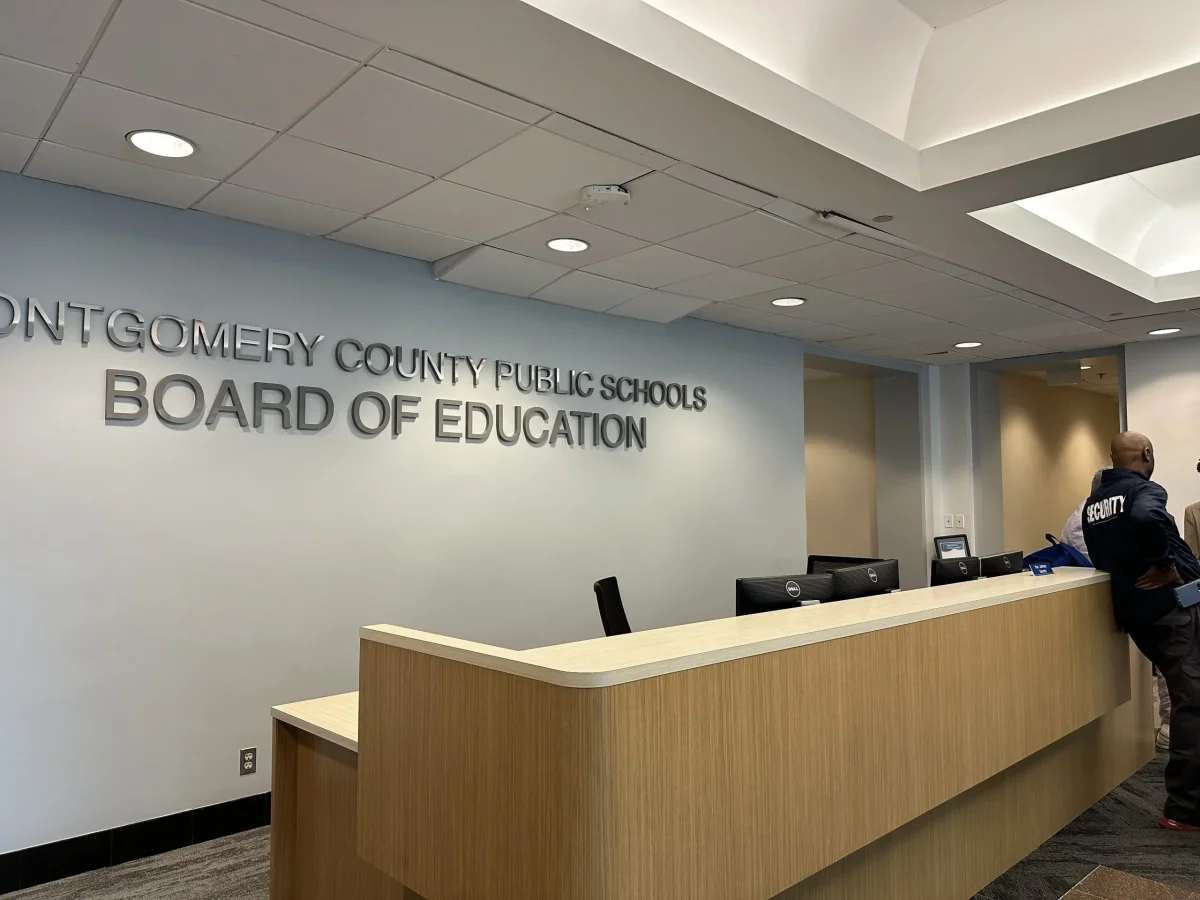
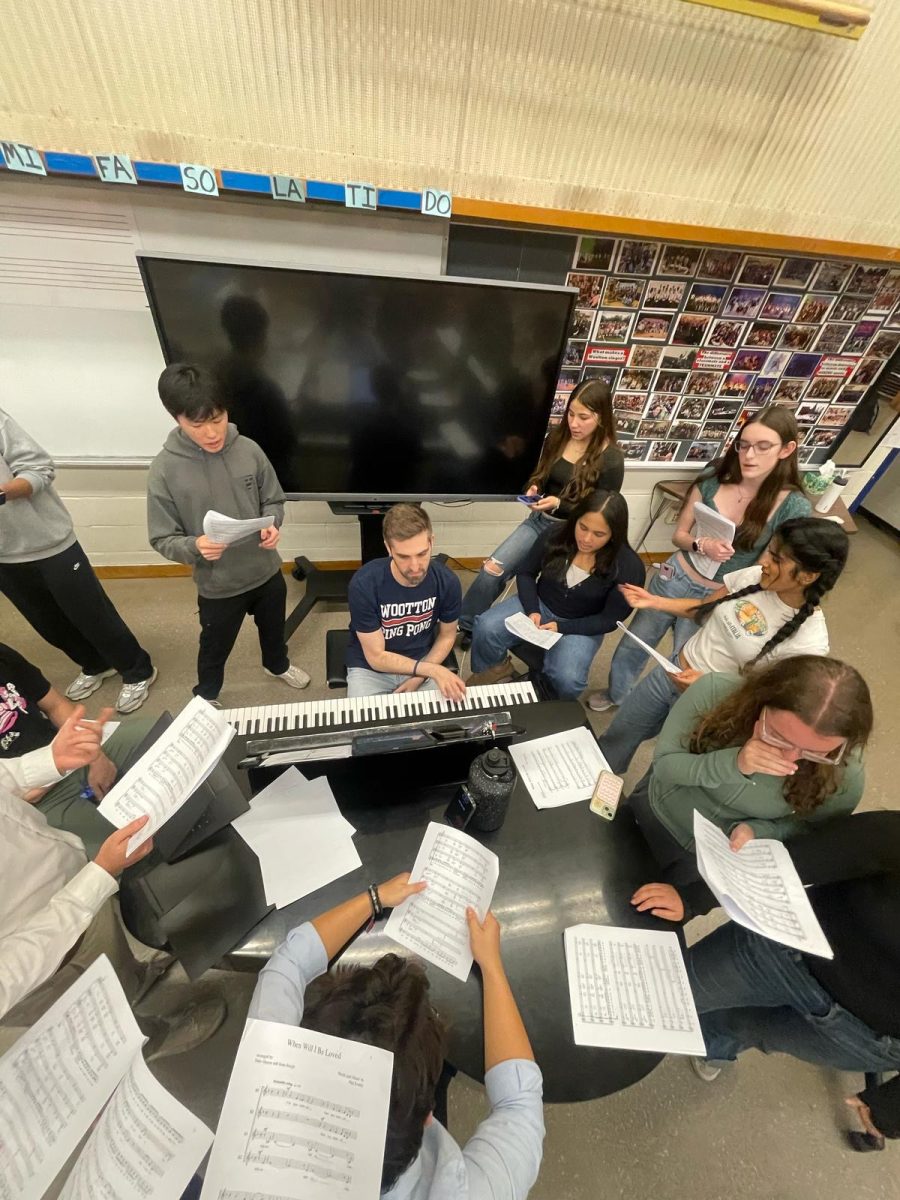
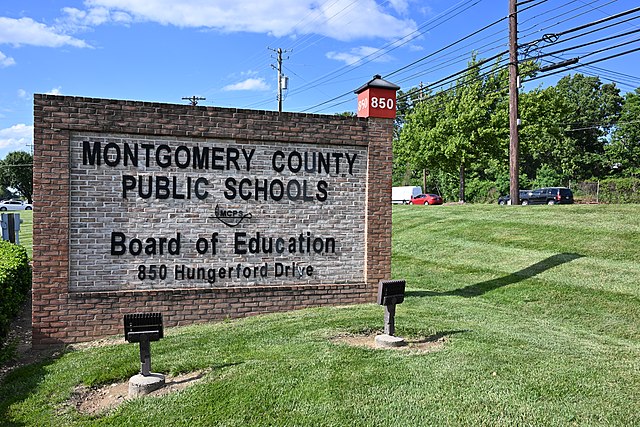
![The 2025-2026 Editorial Board Alex Grainger, Cameron Cowen, Helen Manolis, Emory Scofield, Ahmed Ibrahim, Rebekah Buchman, Marley Hoffman, Hayley Gottesman, Pragna Pothakamuri and Natalie Pak (Chase Dolan not pictured) respond to the new MCPS grading policy. “When something that used to be easy suddenly becomes harder, it can turn [students’] mindset negative, whereas making something easier usually has a better impact. I think that’s where a lot of the pushback comes from. But if you put emotions aside, I do think this change could help build stronger work ethic,” Ibrahim said.](https://woottoncommonsense.com/wp-content/uploads/2025/09/fqr5bskTXpn0LRQMmKErLuNKdQYBlL726cFXBaWF-1200x900.jpg)
